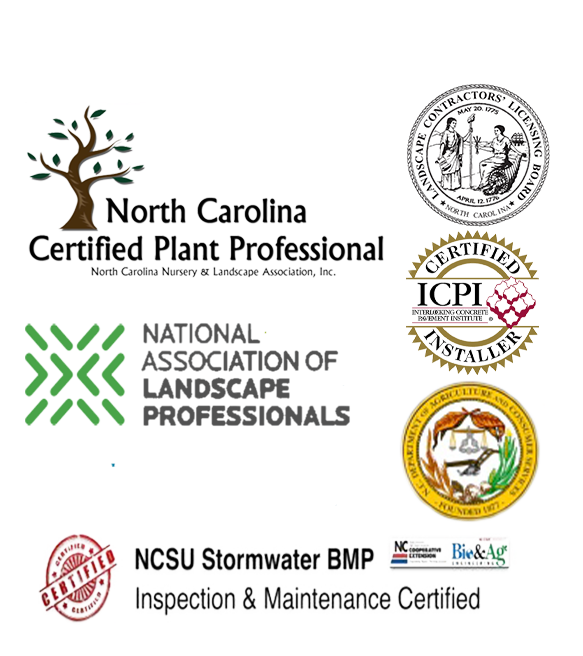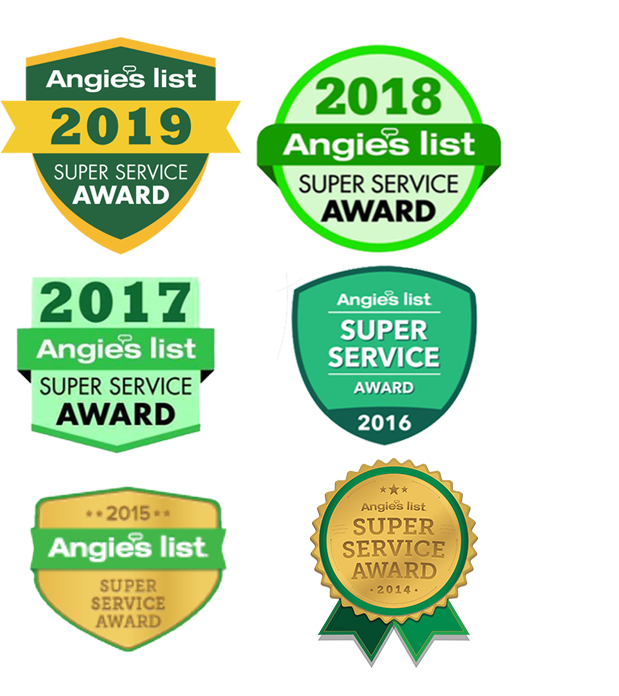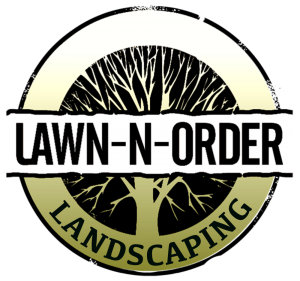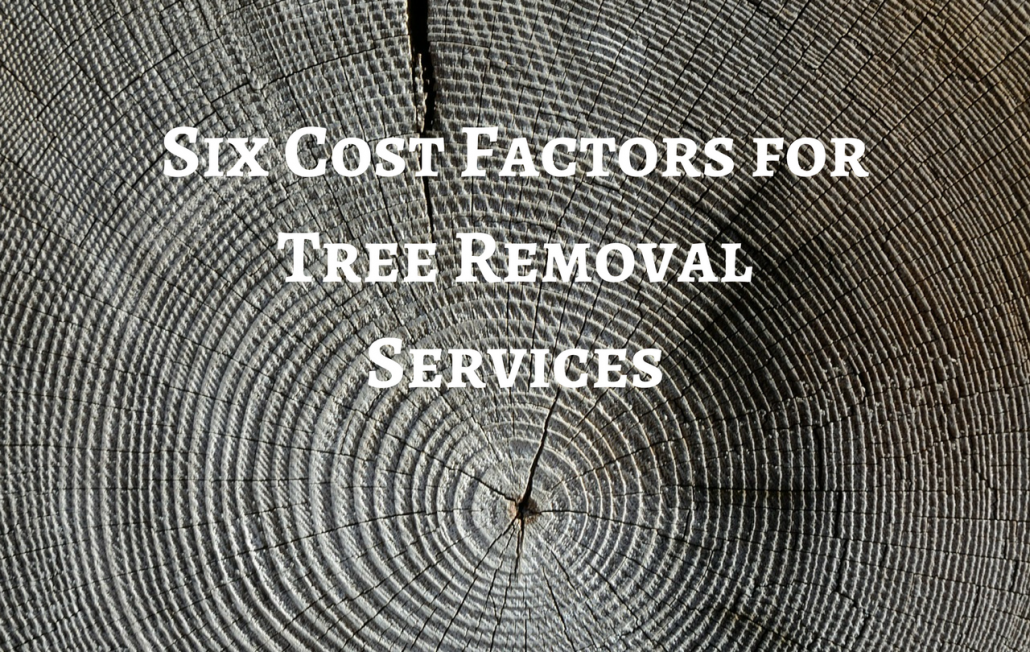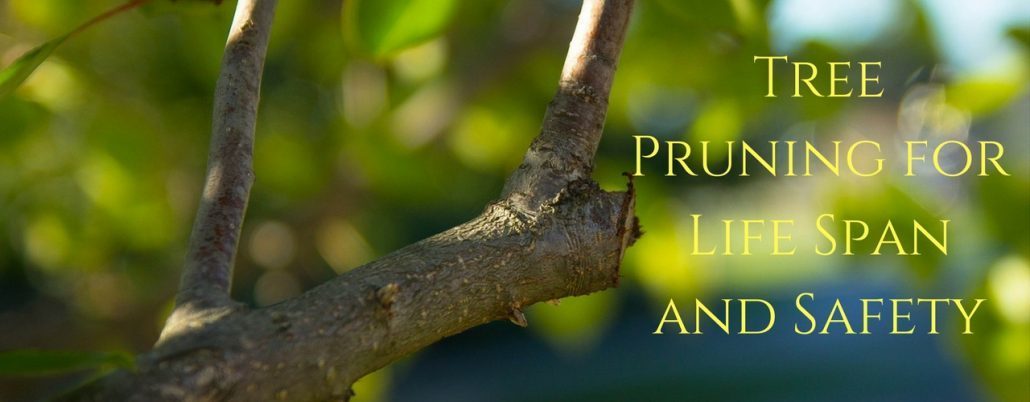Posts
Tree Removal Services
/in Tree Health, Tree Services /by Lawn-N-Order“How much will it cost to take down my tree?” Many factors go into determining an estimate for tree removal services.
Five Cost Factors for Tree Removal Services
- “What are the dangers in felling?” We take a look at the area around the tree and if there is property or structures that are in the way when bringing the tree down. Will it need to be cut in smaller pieces or dropped to protect neighboring trees or property in the vicinity? Most taller trees have to be reached by a tree climber and there is considerable risk involved. A tree climber has to measure their steps and consider the integrity of the tree trunk and its branches as they climb. These considerations are a part of the estimated cost.
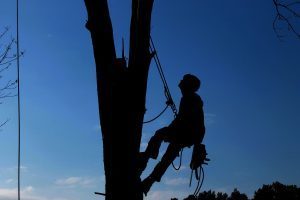
- “How is the ingress and egress of the property for removal?” Removing the tree will take room to cut the branches of the tree and haul it with a winch and drag loader to the chipper machine. A mini-excavator might be used to pick up the massive logs after being cut into truck size lengths to be hauled away. A chipper could be used to chip up the branches to be hauled or used as mulch on other parts of the property. Bucket trucks are often used for a climber to go up and cut off sections of branches and limbs or the main trunk. Cables will have to be harnessed around the tree and branches and brought down piece by piece. Bucket trucks are in the neighborhood of $80-120K, plus the risk associated with using them. This machinery will need a place for access and parking.
- “Is the tree close to a structure that has to be dismantled?” For instance, if the fence blocks access to the tree or where the tree will be taken out, will the fence need removing for a period. That can be labor intensive and add to the cost of the tree removal services.
- “What is the tree’s diameter and the age of the tree?” The diameter and height of the tree will also determine how high the tree climber will climb or what kind of lift could be involved to reach the top portions of the tree safely. The diameter will also determine cables to use and lowering secured portions down to the ground.
- “What is the structural integrity of the tree?” Is the tree branches or trunk rotted or sturdy? We look for several factors on the tree to determine this. A resistograph machine
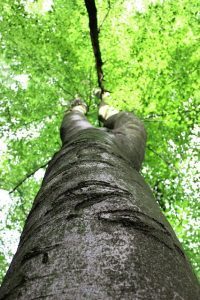
Two leaders are not better than one. This main trunk is separated with two leaders, which lessens the structural integrity.
can also be used to check the central cavity and give a report indicating any decay on the interior and at what depth. This reading provides an idea of the safety and health of the tree. Risk factors are part of the consideration for a tree climber which all go into determining the overall costs for tree removal services.
- “What will my yard look like after the tree removal?” If the tree is in a wooded area, there is not much of a problem with cleanup. If a tree is going to be taken down in a landscaped yard, there is a restoration process afterward. The removal of wood chips (for ground stumps), restoration of the lawn area because of heavy equipment and traffic can scare up and rut the lawn in areas. Aerating, sowing grass seed or laying new sod might be a possibility in the cost. If any landscape plant material is transplanted or removed before the tree removal, then those plants will be put back into their original spots or new plantings introduced. All of this cleanup will add to the cost of the total tree removal services.
If you are at the point that you need tree removal services or wondering how healthy your tree is, give us a call for a consultation. We will work with you on each of these factors and explain the ‘how and why’ behind our costs.
Tree Pruning for Life Span and Safety
/in Tree Health /by Lawn-N-OrderWhy Pruning is Necessary
Pruning a tree is required to maintain the life and health of the tree. The early years of a tree’s growth are crucial to its silhouette, vigor, and overall life duration. Trees are an asset to the landscape in many ways. Trees offer shade and lower utility bills. They can produce food and provide shelter for animals and birds. Keeping them in good health will give the homeowner years of protection and enjoyment and add value to the property. Sometimes a tree’s appearance can appear lopsided, and trimming can give it an overall better appearance. Crowded growth can inhibit air flow, hence being a recipe for disease. Branches that cross or rub against each other or another object such as a fence will create a wound. Damaged and diseased limbs should be cut out to lessen the spread of infection.
What to Prune and Not to Prune
When a tree is first planted, step back and look at the overall shape of the tree. Remove any broken branches that could have occurred in planting or moving. Remove competing leaders that will inevitably hamper the life span. Prune damaged or diseased limbs or branches at this point. Remove all tags and ties from the tree. Ensure the root system has plenty of room to grow and expand to anchor the tree and feed the branches. Remove oddly shaped branches for the overall look of the tree. Prune any branches that are rubbing together. Eliminate branches that are impairing a walking space or protruding in undesirable locations.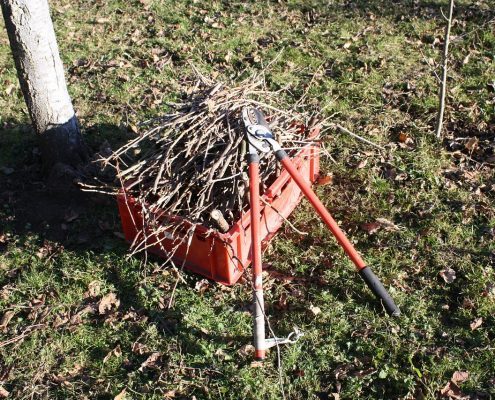
Inspecting Your Trees
Trees can come under stress for various reasons. Droughts, floods, heavy winds, heavy snowfall, can all take a toll on the branches and root system of trees. Using a set of binoculars to inspect your tree annually or after a storm can prevent damage later to your property or persons. Check for loose limbs that may have fallen and gotten caught in other branches. Look for tears in the bark or wounds that could be an entry for disease. Inspect the bark carefully for pests or holes. The ground around a tree can also contribute to the health. Is it compacted or recently been moved? Piling excess amounts of soil or mulch around a tree’s base can eventually strangle it from getting the necessary oxygen levels it needs to survive. Driving heavy vehicles or equipment over the surface near the tree roots will compact the soil and make it harder for penetration of water and nutrients. A newly installed driveway or sidewalk near the root system will affect the health of the tree. If the leaves are still on the trees, look for barren spots where leaves no longer grow and mark that branch to be removed at the proper time.
Variety of Trees to Prune Now
While trees are dormant in the winter and the sap is running low, it is an excellent opportunity to prune deciduous trees such as Chaste trees, crape myrtle, Smoke Tree, Maple, Walnut, Birch, and Oaks. Spring blooming trees such as Cherry’s should be pruned immediately after the flowers fade instead of prior. As a rule, prune trees that bloom in mid to late summer in dormancy during the winter months. Avoid pruning trees in the fall because the healing process of wounds take longer and make the tree more susceptible to fungi.
Pruning Shoots & Suckers off Trees
Some trees will offer up shoots and suckers to regenerate itself as the tree gets older to regenerate itself. Other times suckers are apparent because of some injury or disease to the tree to grow more branches to recover. Eliminate these shoots and suckers to prevent the diversion of water and nutrients away from the main trunk. Shoots will pop out are around cut wounds on a tree. Remove carefully in order not to cause more harm or to tear the bark of the tree. Suckers will grow at the base of a tree so remove by moving some of the soil to find the base of the sucker. Cut close to the base to Inhibit further unnecessary growth. Annual vigilance will keep your tree from regenerating in this way and help it to thrive. Trees that are likely to sucker include Angelica trees, Beech, Birches, Buckthorn, Apple trees,
Proper pruning and tree care will extend the lifespan and add strength to the branches against harsh weather conditions. An annual inspection and pruning will keep you in the shade for a long time. If you need tree work done, call us for a consultation today. 828.774.1590.
Lawn-N-Order Landscaping, Inc.
PO Box 1551
Weaverville, NC 28787
